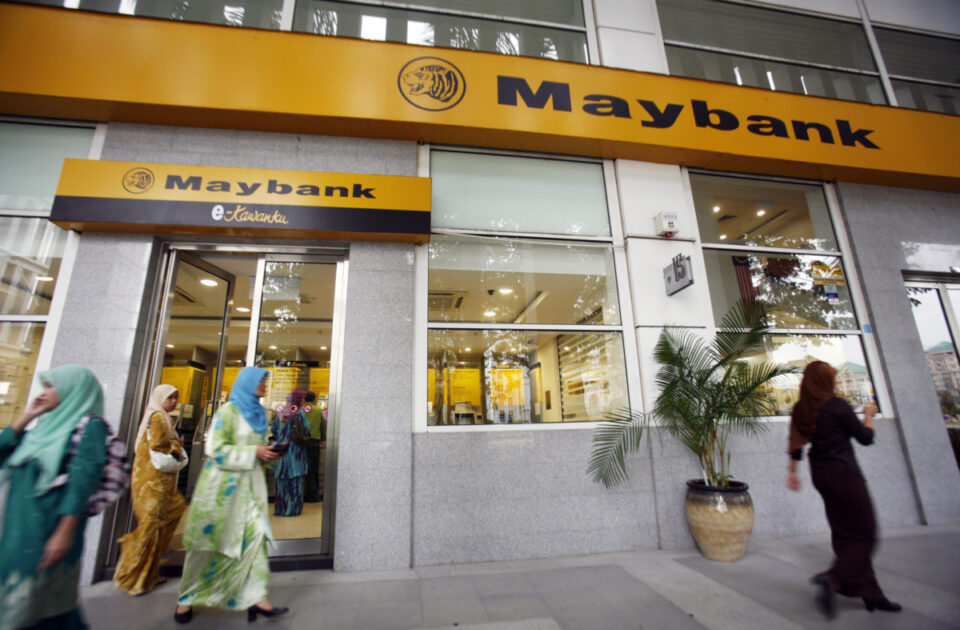KUALA LUMPUR, Dec 4 — Malaysian banks will overcome external headwinds to deliver a resilient operating performance in 2024 with strong domestic economic conditions expected to support borrowers and limit slippages into non-payment, said S&P Global Ratings today.
Its credit analyst Nikita Anand said asset quality for Malaysian banks would benefit from the country’s stable economic conditions and low unemployment rate.
“Banks are writing back provisions on bad loans because the Covid-19 hit wasn’t as bad as expected. That will offset strains on margins in other areas — namely from likely cuts in policy rates later in 2024.”
S&P Global Ratings said non-performing loans (NPLs) could peak at levels lower than its forecast of 2.0 per cent to 2.5 per cent in 2024.
It noted that in the first three quarters since end-2022, rated banks in Malaysia have seen a manageable 3.0-14.0 basis point (bps) increase in NPLs for domestic loans and these have mainly come from small and mid-sized enterprises and retail borrowers who exited repayment assistance.
Meanwhile, NPLs ticked up more in overseas loans.
“In our view, overseas loans in higher economic risk markets such as Thailand, Cambodia and Vietnam will continue to face asset-quality stress. However, these exposures remain small for Malaysian banks,” Nikita said.
S&P Global Ratings said Malaysian banks have contained their asset quality risks and more than adequately provided for potential bad loans.
As a result, credit costs (a gauge of provisions for bad loans) have fallen to a very low average of 20 bps of total loans annualised for the nine months ended Sept 30, 2023, lower than 30 bps for 2022.
The ratings agency expects credit costs to stay low in 2024, declining closer to the pre-pandemic average of about 15 bps, given some large banks still maintain sizable pandemic-related provisions which they could write back in 2024 especially if repayment trends continue to be promising.
“In our opinion, most banks will maintain prudent coverage ratios of between 90 and 100 per cent of NPLs, higher than pre-pandemic levels, for the next three to four quarters at least. An exception to this is RHB Bank.
The bank’s provision coverage on NPLs has fallen to 75 per cent, lower than pre-pandemic coverage of about 85 per cent and of other rated Malaysian banks,” said S&P Global Ratings.
Meanwhile, S&P Global Ratings forecast sector loan growth could revive to five to six per cent in 2024 from four to five per cent in 2023, benefiting from lower inflation and a likely rate cut.
On the downside, Malaysian banks are earning less net interest margin (NIM) on their loans and another 3.0 to 5.0 bps compression in margins is likely in 2024, based on the forecast of a 25-bps rate cut in the second half of 2024.
“Higher credit growth and lower credit costs should more than offset margin pressure. The Malaysian banking sector’s profitability, as measured by return on assets, could be sustained at 1.4 per cent over the next year,” Nikita said.
S&P Global Ratings said economic and property market disruptions were key downside risks and although not its base case, “higher-for-longer” rates and cost pressures could increase financial strain for leveraged, low-income households and small to mid-size enterprises.
It added that Malaysian banks’ asset quality is highly sensitive to any sharp rise in unemployment rates following a large share of household loans, most of which are mortgages, and high household leverage.
S&P Global Ratings said the solid capitalisation of about 15.0 per cent common majority equity Tier-1 ratio as of June 30, 2023, and provisioning buffers of 1.6 per cent of total loans, would help banks to absorb a moderate rise in credit stress.
— Bernama





